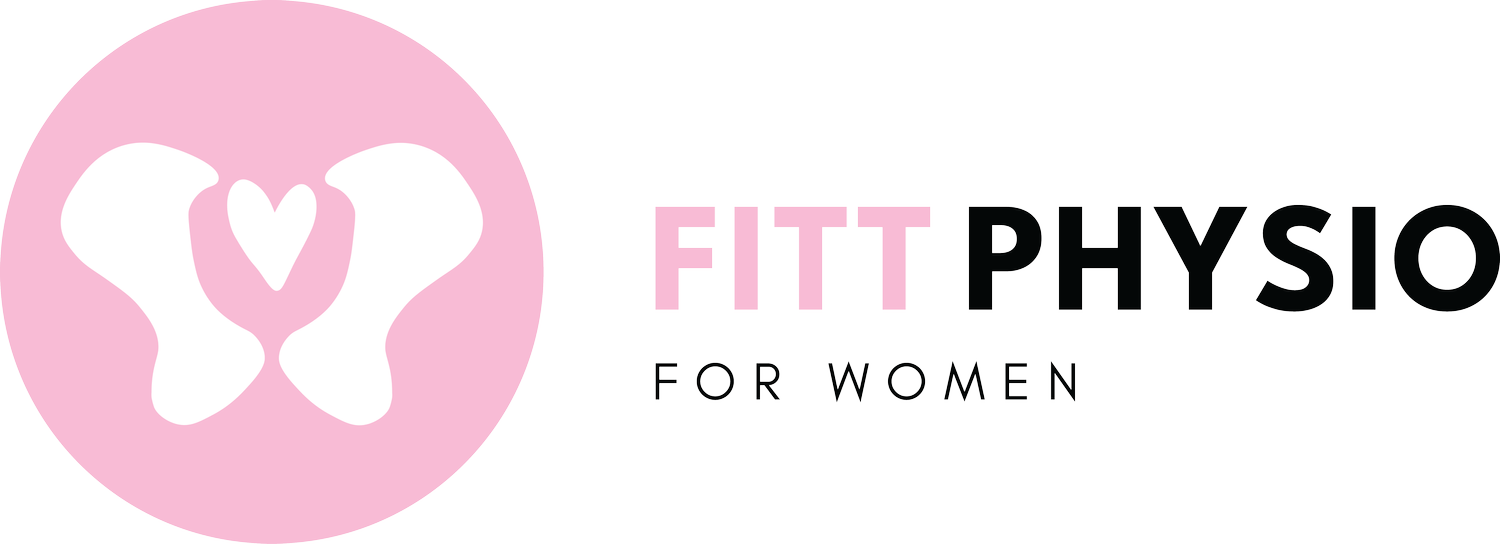
BLADDER
URINARY INCONTINENCE
Urinary incontinence is a term used to describe the involuntary leakage of urine, which affects bladder control. There are two main types of urinary incontinence:
Stress Urinary Incontinence (SUI): This type occurs when there is leakage during activities that increase abdominal pressure on the bladder. Common triggers include running, jumping, laughing, sneezing, coughing, lifting, or bending.
How Pelvic Health Physiotherapy Can Help:
Assessment: Physiotherapists can evaluate your pelvic floor muscles to determine if strengthening is needed.
Treatment: Improving the strength and support of the pelvic floor muscles can help reduce SUI.
Urge Urinary Incontinence (UUI): This type involves leakage during episodes of a sudden, intense urge to urinate, often resulting in not reaching the toilet in time.
How Pelvic Health Physiotherapy Can Help:
Bladder Retraining: Techniques to help increase the time between urges and improve bladder control.
Fluid Intake Advice: Guidance on managing fluid consumption to reduce urgency.
Pelvic Floor Training: Exercises to strengthen or relax the pelvic floor muscles.
Release of Tense Muscles: Techniques to alleviate tightness in the pelvic floor that may contribute to urgency.
Pelvic health physiotherapists are skilled in addressing these issues through personalised treatment plans to improve bladder control and overall quality of life.
BLADDER DEFINITIONS
Bladder Urgency
Bladder urgency is characterized by a sudden, intense urge to urinate that is difficult to ignore or hold back. This overwhelming need to go to the toilet can be distressing and may lead to concerns about not making it to the bathroom in time.
Bladder Frequency
Bladder frequency refers to the need to urinate more than 8 times in a 24-hour period. This increased frequency can disrupt daily activities and sleep, impacting overall quality of life.
If you are experiencing symptoms of bladder urgency or increased frequency, it’s important to consult a healthcare professional to identify the underlying cause and explore effective management strategies.
NORMAL BLADDER FUNCTION
Understanding Bladder Function
Your bladder acts as a storage "tank" for urine, holding it until you're ready to release it from your body. Surrounding your bladder is a muscle called the detrusor, which plays a key role in bladder control.
The Urethra is the "tap" through which urine exits the bladder. In females, the urethra is approximately 3-4 cm long.
How Urination Works:
Storage: As urine fills the bladder, the detrusor muscle remains relaxed, allowing the bladder to stretch and accommodate the increasing volume.
Emptying: When it’s time to urinate, the detrusor muscle contracts, increasing bladder pressure and pushing urine into the urethra to be expelled.
Normal Bladder Emptying Patterns:
During the Day: 4-6 times
Overnight: 0-1 time
Signs of Healthy Bladder Emptying:
Continuous Flow: Urine should flow steadily without interruption.
Complete Emptying: You should feel that your bladder is fully emptied.
No Pain or Discomfort: There should be no pain or discomfort during urination.
Tips for Fully Emptying Your Bladder:
Lean Forward: Leaning forward while sitting can help with complete emptying.
Adjust Your Position: If the flow of urine slows or stops, try rocking forward and back, wiggling side to side, or standing and sitting again.
These tips can help ensure that you fully empty your bladder and maintain urinary health. If you experience persistent concerns with bladder emptying or discomfort, consider consulting a healthcare professional.
INTERSTITIAL CYSTITIS
Interstitial Cystitis (Bladder Pain Syndrome)
Interstitial cystitis (IC), also known as bladder pain syndrome (BPS), is an inflammatory condition of the bladder that can significantly impact bladder function and overall quality of life.
How It Affects Bladder Function:
Bladder Urgency: IC can cause a sudden and intense urge to urinate that is difficult to control.
Bladder Frequency: Individuals with IC often experience increased urinary frequency, needing to urinate more than 8 times in a 24-hour period.
Symptoms:
Bladder Pain: Persistent pain or discomfort in the bladder and pelvic area.
Pelvic Pain: Discomfort that may extend beyond the bladder to other areas of the pelvic region.
For more detailed information on managing and treating interstitial cystitis, including potential therapies and lifestyle modifications, see the section on Pelvic Pain or consult with one of our physiotherapists.
PHYSIO TREATMENT
Comprehensive Bladder and Pelvic Health Assessment
Our physiotherapists are skilled in conducting thorough assessments of bladder function and pelvic health. During your assessment, we will:
Conduct Detailed Questioning: We will ask about your current health and medical history, including fluid intake, diet, exercise habits, and both bladder and bowel function.
Evaluate Pelvic Floor Health: Assessing the condition of your pelvic floor muscles is crucial, as they play a significant role in bladder control.
Consider Bowel Health: Since bowel health can impact bladder symptoms, especially if constipation is an issue, we will evaluate this as well. A full rectum can put pressure on the bladder, potentially causing urgency or frequency problems.
Treatment Options
Based on your assessment, treatment may include:
Bladder Training: Techniques to help you manage and improve bladder function through structured schedules and behavioral strategies.
Behavioral Habits and Lifestyle Modifications: Recommendations for changes in daily habits and lifestyle to support bladder health.
Pelvic Floor Muscle Training: Exercises to strengthen or relax the pelvic floor muscles, which are essential for proper bladder control.
Our goal is to provide a personalised treatment plan that addresses your specific needs and helps improve your overall pelvic health.
